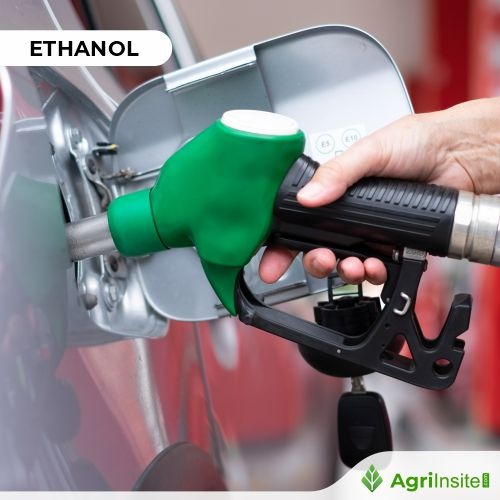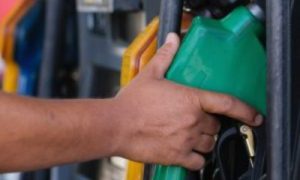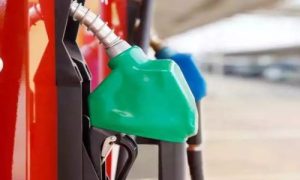India’s Ethanol Dilemma: Balancing Green Fuel Innovation with Economic Reality

India’s ethanol blending push faces hurdles as cleaner, second-generation (2G) ethanol lags due to lack of separate pricing. While first-generation ethanol uses food crops, 2G uses crop waste, reducing emissions. Experts urge distinct pricing and financial support to encourage investment and make 2G ethanol production viable and sustainable.
India’s ambition to blend ethanol with petrol to fuel vehicles faces obstacles due to the slow progress in developing a cleaner version of the biofuel. Experts blame the government’s lack of distinct pricing for cleaner ethanol made from waste, which bears higher production costs.
The Indian government’s initiative aims to blend 20% ethanol into petrol by 2025, diverting crops like sugarcane and rice to first-generation ethanol production. However, this impacts food supply while the second-generation alternative, made from crop waste, remains underutilized.
Lacking separate pricing for 2G ethanol discourages investment, despite its potential to reduce emissions and offer a greener solution. Financial backing for production costs remains imperative for India’s ethanol strategy to gain momentum.
To Read more about Ethanol Industry & Bio Energy News, continue reading Agriinsite.com
Source : Devdiscourse

















